India, a land of diverse cultures and traditions, celebrates numerous festivals with unparalleled zeal and enthusiasm. Among these, Holi stands out as a vibrant testament to the country’s rich heritage. Known as the Festival of Colors, Holi marks the arrival of spring and signifies the victory of good over evil. This ancient festival, celebrated with fervor across the nation, offers a unique blend of cultural rituals, regional variations, and joyous revelry.
Origins and Significance
Holi’s origins trace back to Hindu mythology, with tales that narrate its profound significance. One prominent legend is that of Prahlada, a devout follower of Lord Vishnu, and his demoness aunt, Holika. Despite Holika’s attempt to harm Prahlada, she perished, symbolizing the triumph of devotion and righteousness. This narrative is commemorated annually, reinforcing themes of faith and virtue.
Additionally, Holi celebrates the divine love of Radha and Krishna. The playful interactions between the two deities, especially their colorful escapades, inspire the festivities. The throwing of colored powders and water during Holi is said to emulate the playful antics of Radha and Krishna, adding a mystical charm to the celebration.
Regional Celebrations
While the essence of Holi remains consistent, its celebrations vary across India’s diverse regions, each adding its unique flavor to the festival.
- Mathura and Vrindavan, Uttar Pradesh: These towns, associated with Lord Krishna’s childhood, come alive during Holi. The festivities begin with “Phoolon Ki Holi” (Holi with flowers) at the Banke Bihari Temple, followed by “Lathmar Holi” in Barsana, where women playfully chase men with sticks. The streets resonate with devotional songs, dance, and an abundance of colors.
- Jaipur, Rajasthan: The Pink City hosts a royal celebration at the City Palace, where the royal family participates in traditional rituals. The streets are adorned with vibrant decorations, and elephants and camels are painted, adding to the grandeur. Folk performances, puppet shows, and traditional music enhance the festive atmosphere.
- Shigmo in Goa: In Goa, Holi coincides with the Shigmo festival, a spring celebration marked by colorful processions and folk dances. The festivities include “Ukkuli,” where people play with colors, and “Holika Dahan,” symbolizing the victory of good over evil. The Goan version of Holi is distinct, blending indigenous traditions with Hindu rituals.
- Yaosang in Manipur: In the northeastern state of Manipur, Holi merges with the festival of Yaosang. The five-day celebration features traditional dances, sports, and rituals. A unique aspect is the “Thabal Chongba,” a traditional Manipuri dance performed under the moonlight, fostering community bonding.
- Dola in Odisha: Odisha celebrates Holi as “Dola,” where idols of deities are placed on decorated palanquins and taken around the village in processions. Devotees sing hymns and offer colors to the deities, seeking blessings for prosperity and happiness.
Modern-Day Celebrations
In contemporary times, Holi has transcended its traditional boundaries, becoming a global celebration of unity, joy, and cultural exchange. Major cities like Delhi and Mumbai host organized events that attract both locals and tourists. These events feature live music, dance performances, and, of course, the playful throwing of colors.
The festival has also found its way into urban settings, with communities organizing “Dry Holi” events using organic colors, ensuring a safe and eco-friendly celebration. Social media platforms buzz with Holi-themed content, and people worldwide participate in virtual festivities, sharing greetings and experiences.
Traveling During Holi
Experiencing Holi in India offers travelers a unique insight into the country’s cultural tapestry. However, it’s essential to plan your journey meticulously:
- Travel Packages: Various travel agencies curate special Holi packages that include guided tours to prominent celebration spots, cultural performances, and photography sessions to capture the vibrant moments. For instance, tours from New Delhi to Mathura and Vrindavan offer immersive experiences in the heart of Holi celebrations. citeturn0news14
- Safety Precautions: While the festivities are joyous, it’s crucial to prioritize safety. Wearing old clothes, protecting electronic devices, and staying in groups are advisable. Being mindful of personal boundaries and ensuring the use of skin-friendly colors can enhance the experience.
- Culinary Delights: Holi is also a gastronomic delight. From “gujiya” (sweet dumplings) to “thandai” (a traditional drink), the festival offers a plethora of culinary treats. Exploring local markets and street food during Holi provides an authentic taste of regional flavors.
Conclusion
Holi, with its myriad hues and regional flavors, encapsulates the spirit of India—diverse, vibrant, and united in celebration. Whether you’re a traveler seeking cultural immersion or a local reveling in tradition, the Festival of Colors promises an unforgettable experience. As you find yourself “lost in the colors of Holi,” you’re bound to discover the rich tapestry of India’s heritage, community, and joie de vivre.



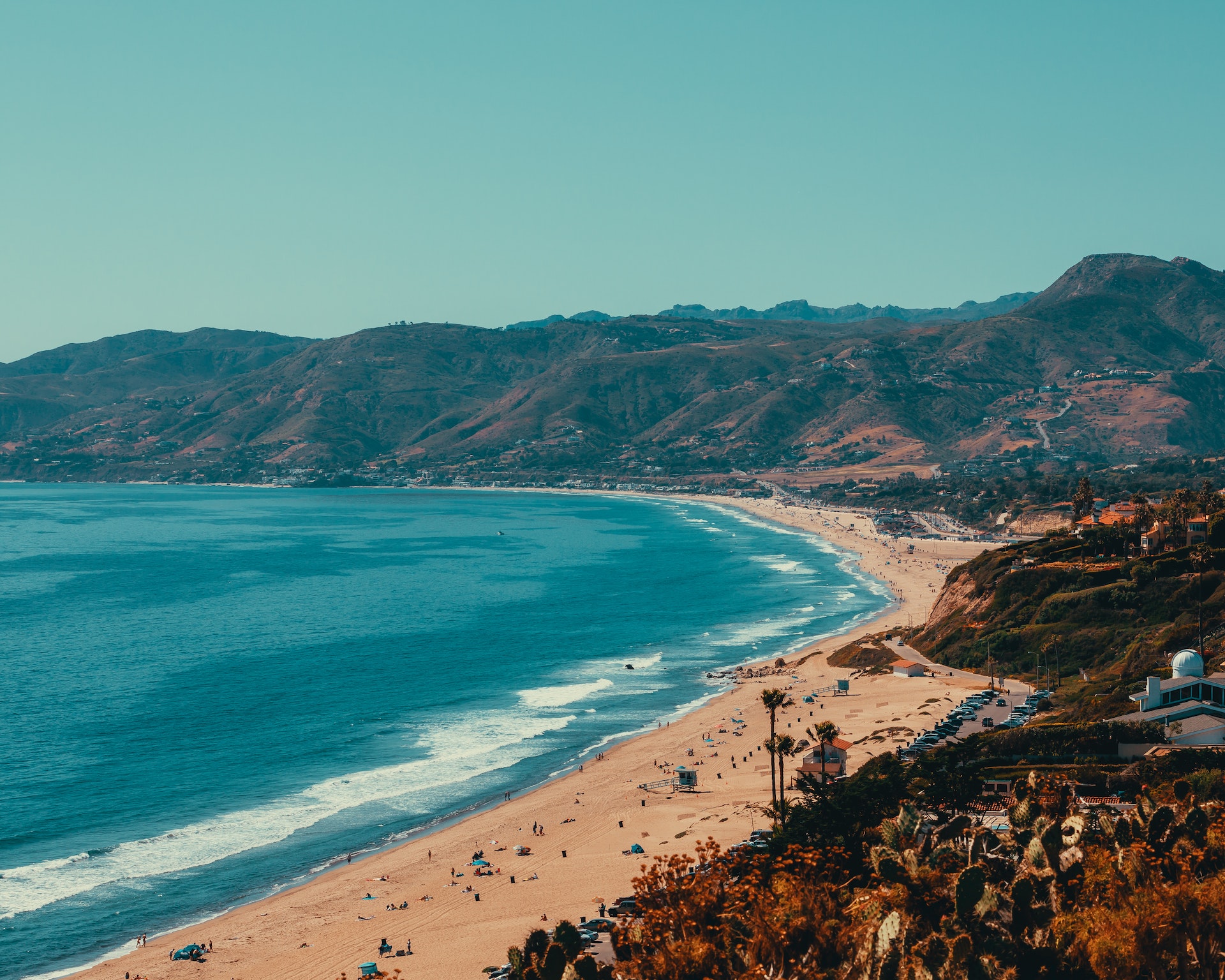

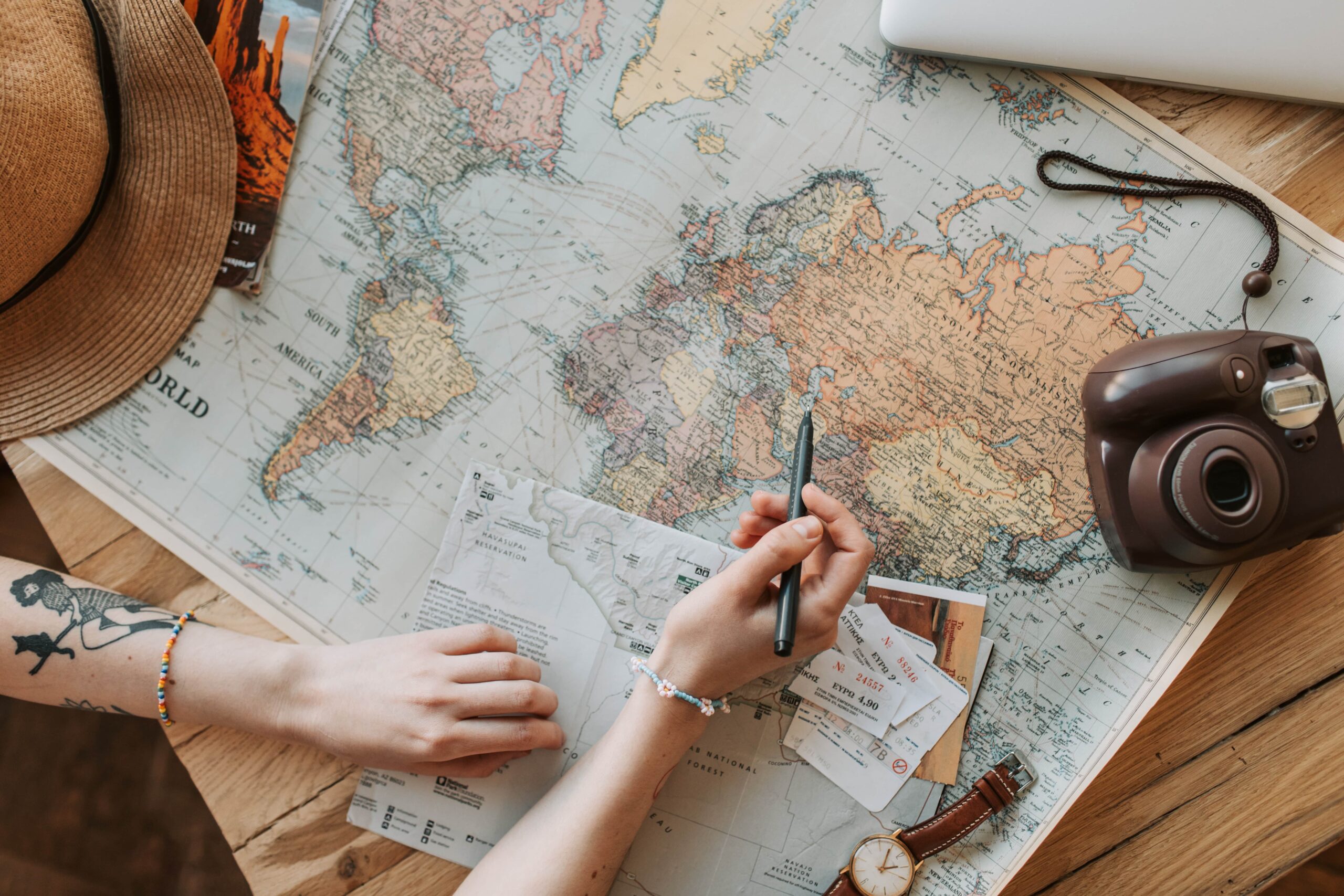
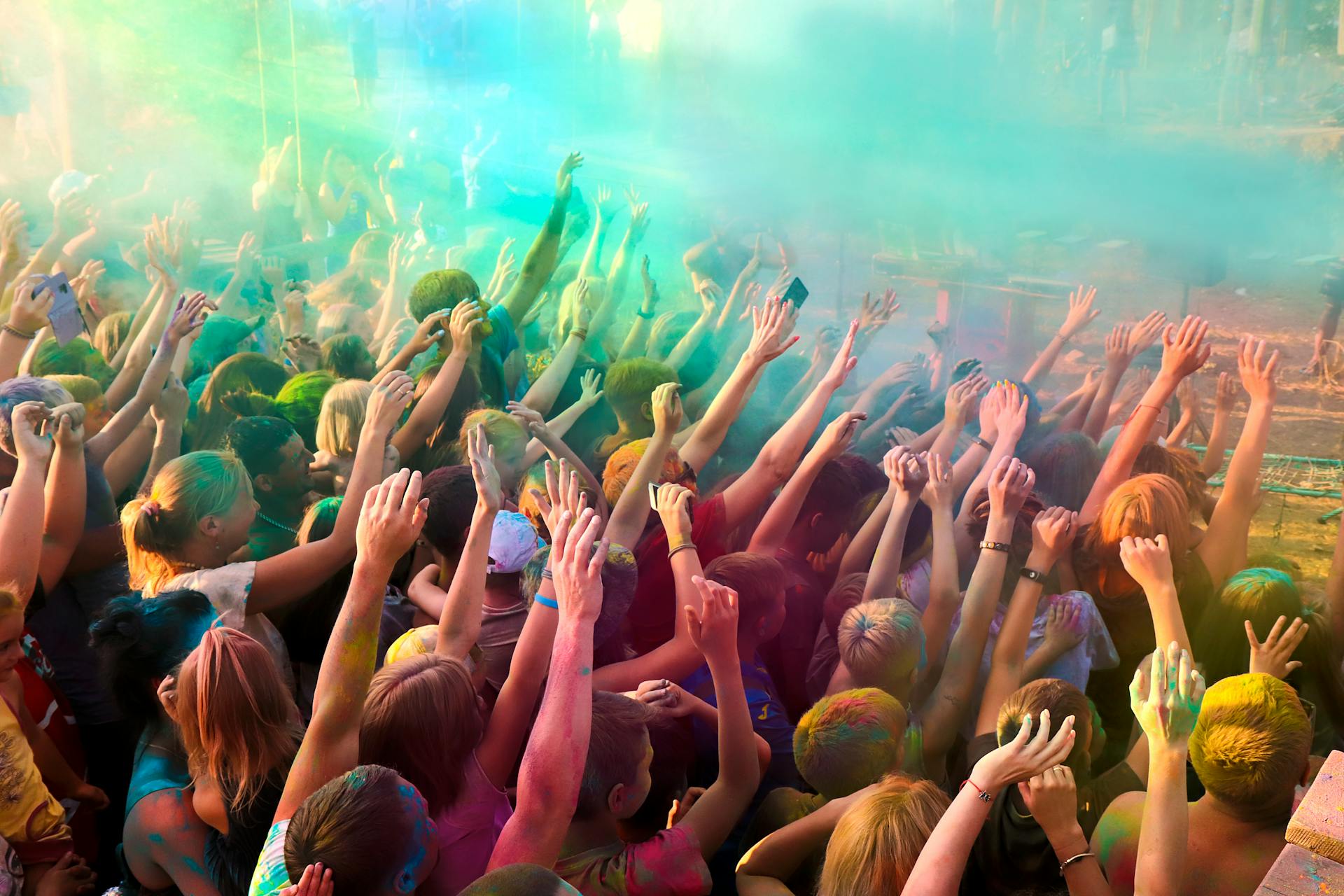


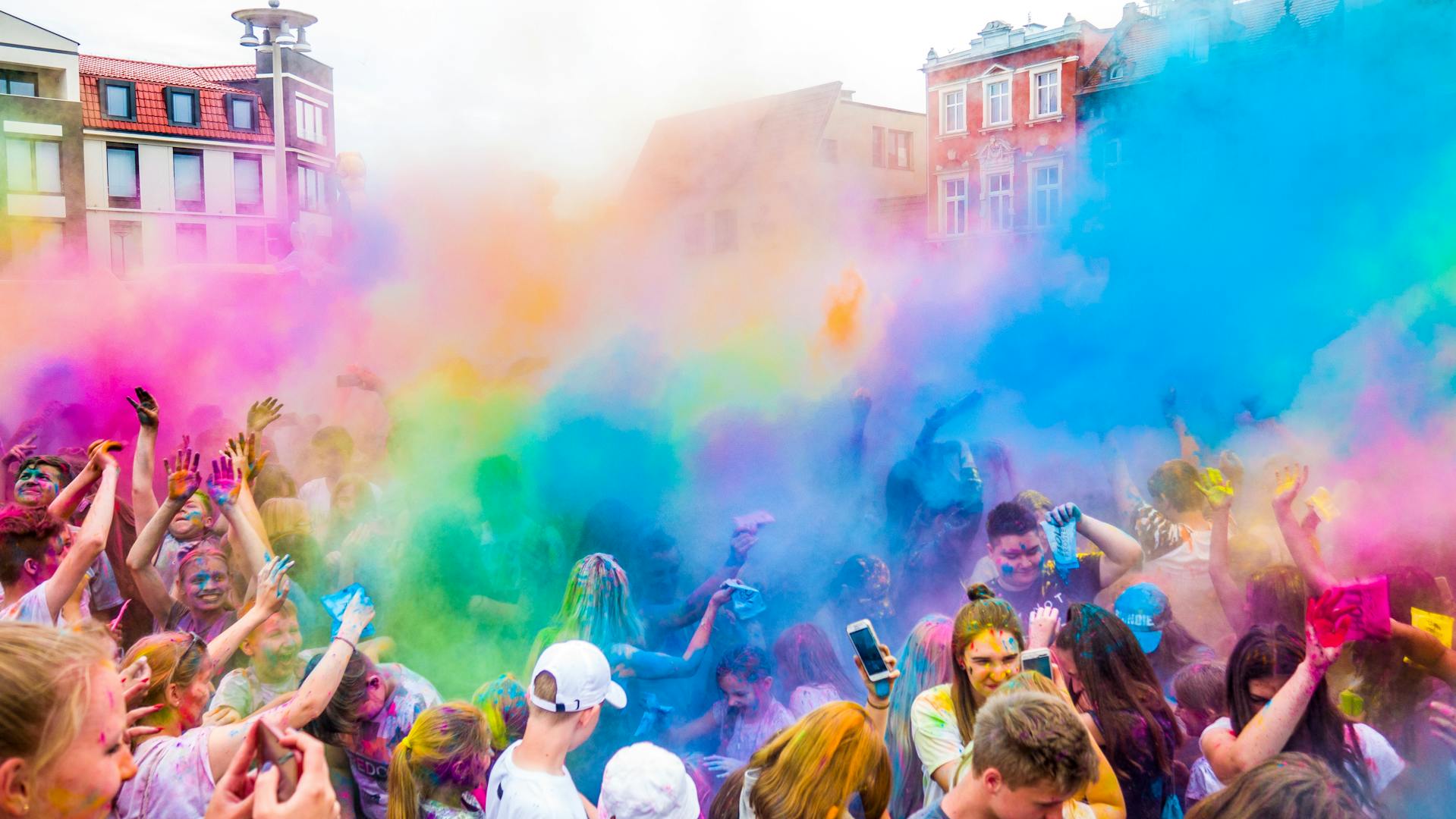


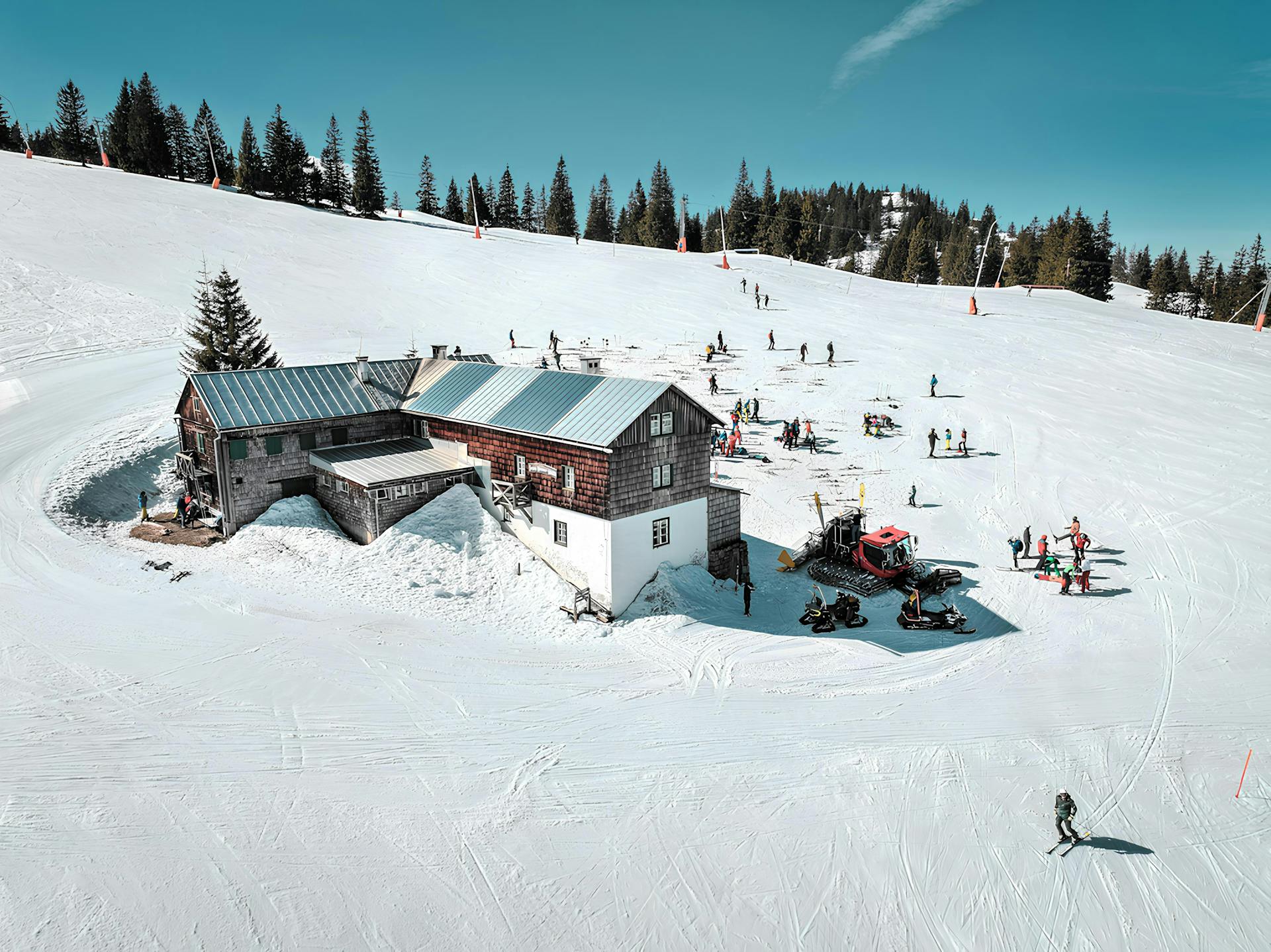
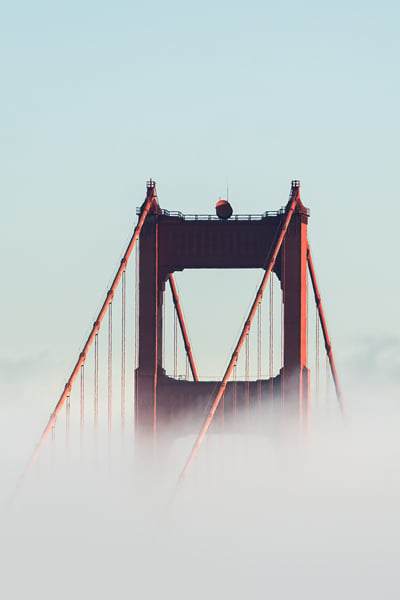
Leave a Reply
View Comments